|
|
Кацусика Хокусай. Тридцать шесть видов Фудзи: № 42. Отражение в озере Мисака в провинции Каи
Katsushika Hokusai. Reflection in Lake at Misaka in Kai Province, from the series Thirty-six Views of Mount Fuji
冨嶽三十六景 甲州三坂水面Reflection in Lake at Misaka in Kai Province (Kōshū Misaka suimen), from the series Thirty-six Views of Mount Fuji (Fugaku sanjūrokkei)Artist: Katsushika Hokusai (1760–1849)Period: Edo period (1615–1868)Date: ca. 1831–32
Thirty-six Views of Mount Fuji depicts the mountain in every season and type of weather and from different perspectives. This view of Mount Fuji and its reflection in the placid lake can be seen from Misaka Pass, reached by the Isawa road, which branches off the main road to Edo. Hokusai balanced the composition by placing the mountain slightly to the right and its reflection to the left. The lone fisherman in his boat enhances the serenity. Ironically, the reflection of Mount Fuji shows a snow-capped peak, an element missing from the mountain itself. The two views of the mountain perhaps represent two seasons, with the traditional and more familiar view being the image in the water. This pictorial trick encourages the viewer to focus on the reflection. (The Metropolitan Museum of Art)
...this print showcases a beautiful scene of human civilization living within the natural world of Japan. Light green rolling hills contrasted with deep green pine tree forests fill the middleground of the piece and give a disitivive feeling of depth to the artwork. Small village huts scour the shoreline of the calm lake which gracefully matches the composition and prussian blue shading of the sky above it. Floating peacefully in the lake, a narrow wooden boat can be seen resting in the water with its bow pointing towards a village inlet. Sitting in the background, Japan’s iconic Mount Fuji towers over the village below it and boasts a snowy white peak for all to admire. Under closer examination, the mountain’s reflection within the lake fails to align with reality’s expectations and depicts a more rugged view of the mountain that appears to be an impressional, seemingly inverted version of the mountain’s natural topography. Unique to this print, it appears as if Hokusai’s goal was to present two different views of the mountain within a single woodblock print – one view that offers the physical presence of a snow covered peak suggesting the beginnings of the cold season, and one that highlights the true beauty of the mountain’s natural rocky summit. With the tangible mountain sitting far north in the artwork, viewers are left to question if the offset reflection of Mount Fuji would ever be possible in the real world.
Taking a closer look at the colors of the image, the painting’s prussian blue pigment used in the lake and sky can be found in countless pieces of Japanese artwork such as Hokusai’s famous Great Wave and Ukita Ikkei’s Tale of a Strange Marriage. The prussian blue color is particularly common in Japanese landscape paintings for the depiction of deep oceans, rivers, and skies and can be credited for the rise of the Aizuri-e (“blue printed picture”) genre of Japanese ukiyo-e (pictures of the floating world”) prints. Overall, the usage of this blue pigment across various pieces of historical Japanese paintings highlights the artistic importance of the color across time and mediums. (conncoll.edu)
The reflection of the mountain is the key motif in this print. Hasui's image focuses on the movement of water and light, which is clearly a result of his mastery of Western techniques. Meanwhile, Hokusai's reflection is clear and still. Hokusai's reflection depicts a snow-covered Mount Fuji, yet the real mountain above is bare. Hokusai appears to be attempting to show both faces of this famous and sacred mountain. (from Nostalgic Japan exhibition 6/8/2005-)
Mount Fuji, with its steep pitch toward the summit, rises behind a village of houses with brown-thatched roofs. The woodlands, indicated by dark green vegetation, expand to the lower foothills and mountains. Before them lies Lake Kawaguchi, its smooth, mirrorlike surface reflecting Mount Fuji. The approaching small boat might disturb the reflection. Misaka Pass lies at the north side of Lake Kawaguchi. Mount Fuji, seen from the north beyond this lake, presents a different look with its rugged surface. This print seems to show the rougher character of the mountain. The reflection of Fuji in this print is of course not true to the laws of optics. Here, Hokusai seems to have wanted to show both of Fuji’s faces – the snow-covered gray mountain commonly remembered or imagined by most people as well as the rugged brown Fuji as it appears in reality beyond the lake. (The Asian Art Museum of San Francisco, HOKUSAI AND HIROSHIGE – Great Japanese Prints from the James A. Michener Collection, Honolulu Academy of Arts: The Asian Art Museum of San Francisco, 1998 Page 89. Cat. 40)
Lake Kawaguchi (here called Lake Misaka after nearby Misaka Pass) is shown perfectly still, undisturbed by even the small boat in the lower right. A mirror image of Mount Fuji is reflected upon its surface. However, upon close examination it becomes evident that the volcano and its reflection are not in fact the same. Looking at Mount Fuji from the north, its rough surface is revealed, here devoid of the usual snow covering its peak. On the other hand, the reflection shows an idealized view of the mountain, capped with snow and without any imperfections as its smooth surface extends into the lake. Hokusai seems to suggest two different aspects of the mountain, one with a strong physical presence, and one that is otherworldly, a spiritualized “true form” of which the uninitiated can catch but a rare glimpse through this print. “Hokusai’s Summit: Thirty-six Views of Mount Fuji” (09/24/2009-01/06/2010)
Katsushika Hokusai. Reflection in Lake at Misaka in Kai Province, from the series Thirty-six Views of Mount Fuji
Отражение в озере Мисака в провинции Каи
Если по дороге Косю отправиться из Кофу в Эдо, то первой станцией будет Исава. Если отправиться на юго-восток по горной дороге, которая отделяется от Исава, и выйти на гору Мисака, то внизу будет простираться одно из пяти озер Фудзи — Кавагутико, в котором можно почти вплотную увидеть облик прекрасной и благородной Фудзи. Для путешественников, которые идут пешком, пожалуй, нет ничего приятнее, чем отдых на горном перевале, где усиливается иллюзия панорамного видения гор. Нет художника, который, сталкиваясь с обратной стороной удивительного вида Фудзи, отражающегося в озере, так отобразил бы прекрасный пейзаж, как это сделал Хокусай. Однако, что касается связи между действительным изображением Фудзи и ложным, которое отражается на поверхности озера, то Хокусаю, однозначно, не достает чувства реальности, хотя, возможно, он сознательно отказывается от него. Дело в том, что если мысленно провести ось между правым и левым берегами озера, то очертания формы и поверхности горы окажутся смешенными. В данной гравюре Хокусая больше всего привлекали причудливые формы и образы.
Katsushika Hokusai. Reflection in Lake at Misaka in Kai Province, from the series Thirty-six Views of Mount Fuji
Katsushika Hokusai. Reflection in Lake at Misaka in Kai Province, from the series Thirty-six Views of Mount Fuji
Katsushika Hokusai. Reflection in Lake at Misaka in Kai Province, from the series Thirty-six Views of Mount Fuji
Все 46 гравюр серии «Тридцать шесть видов Фудзи» | Thirty-six Views of Mount Fuji | 富嶽三十六景 | Fugaku Sanjūrokkei
30 ноября 2023, 14:05
0 комментариев
|
Партнёры
|

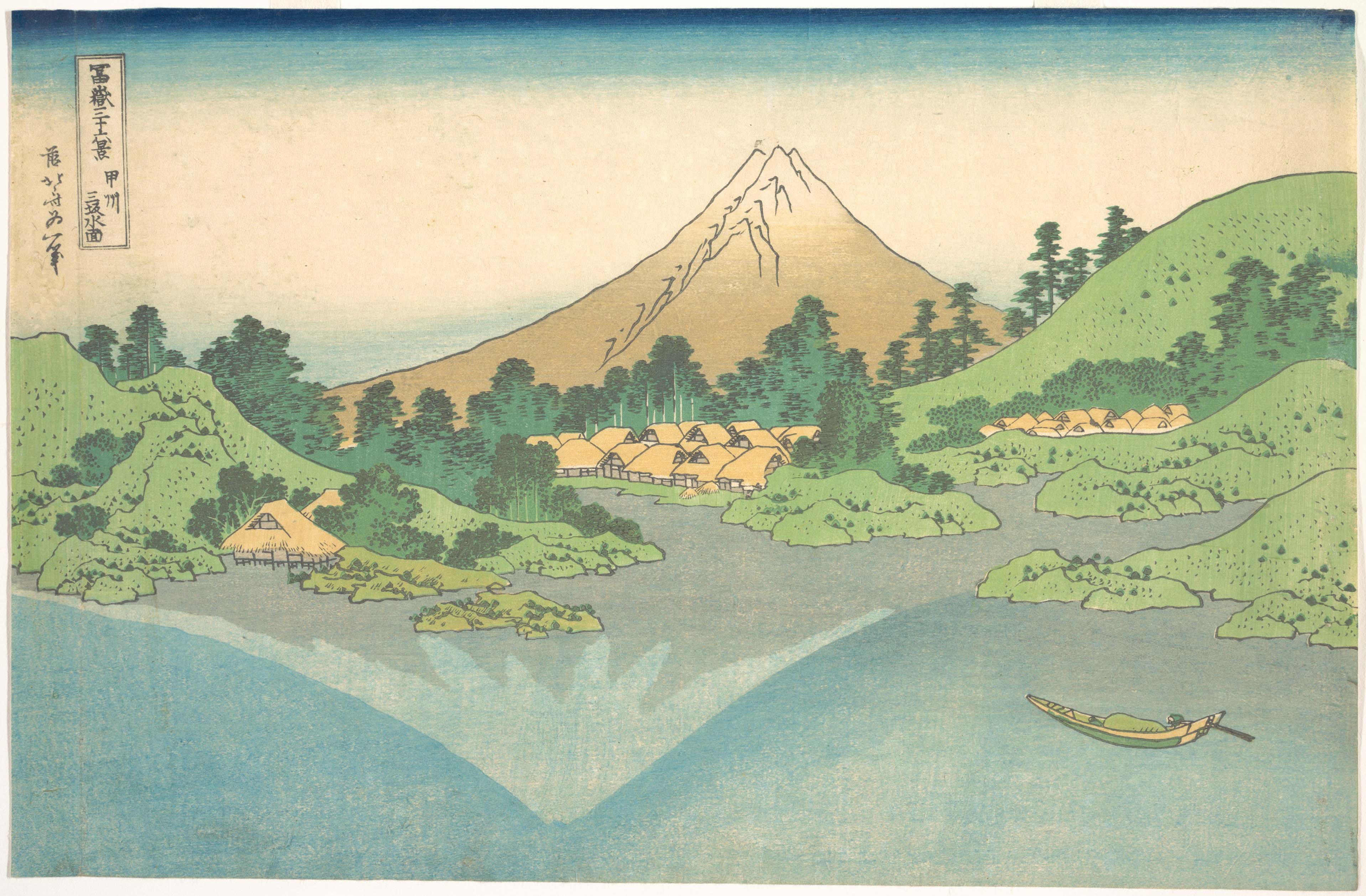
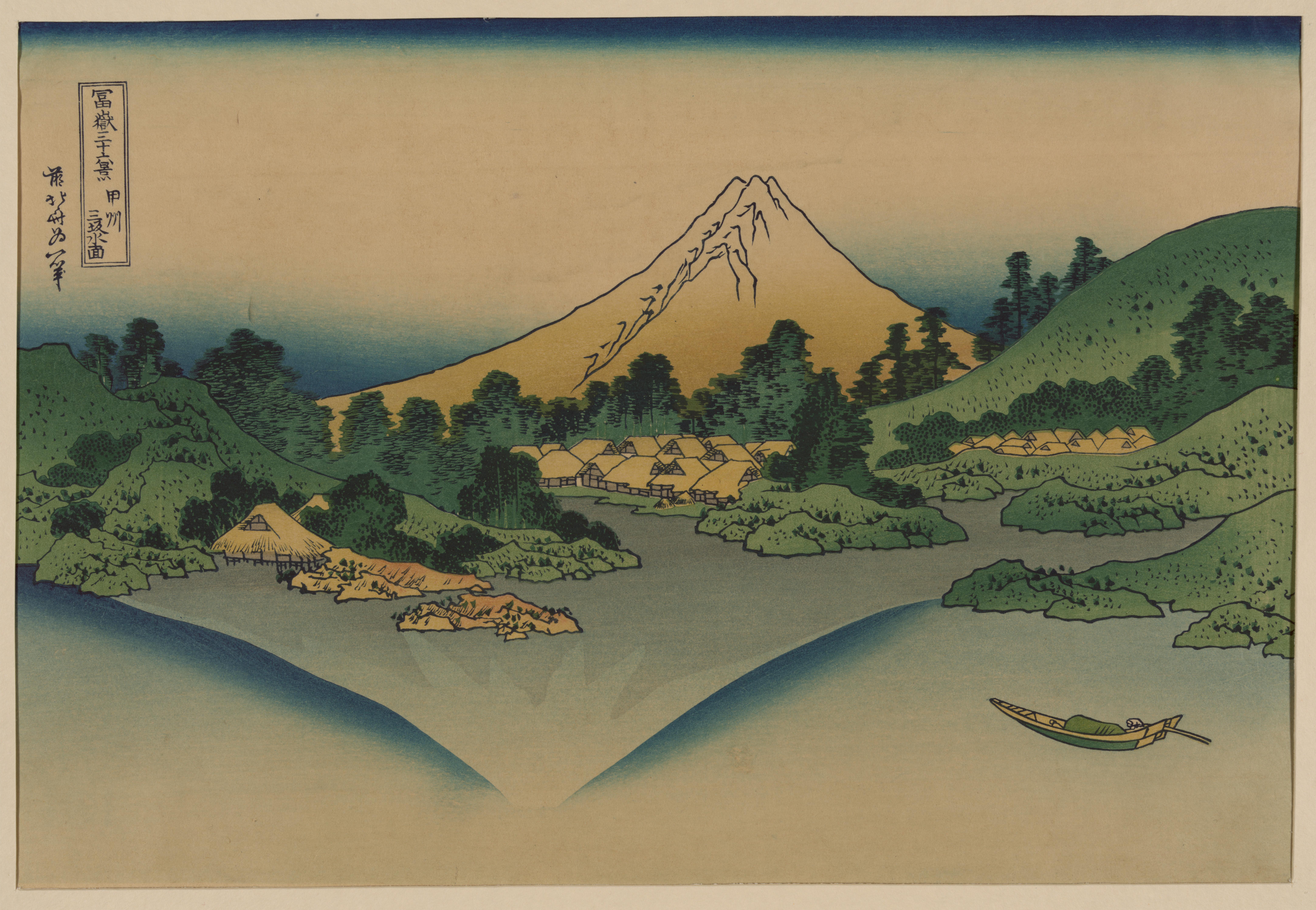
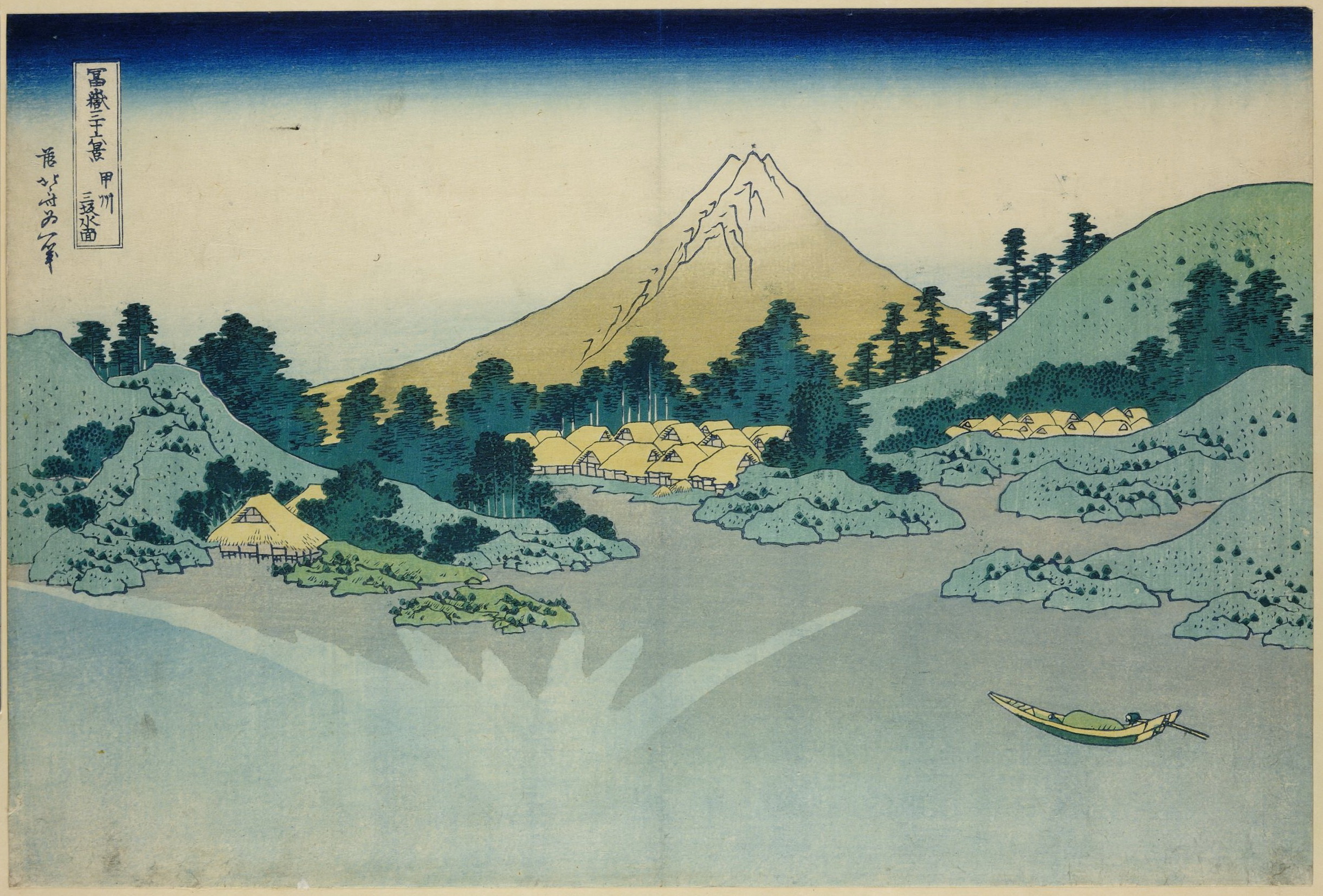
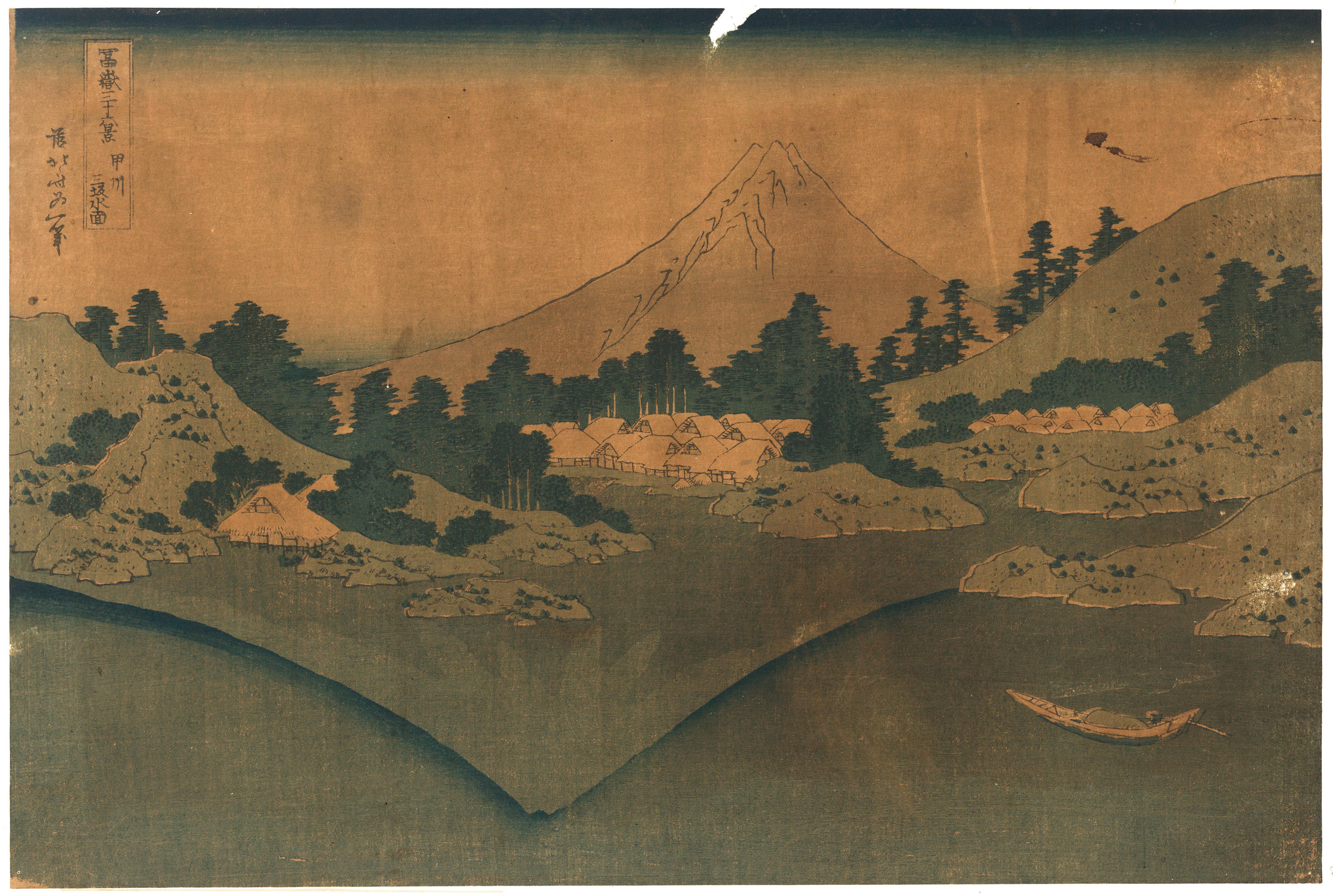
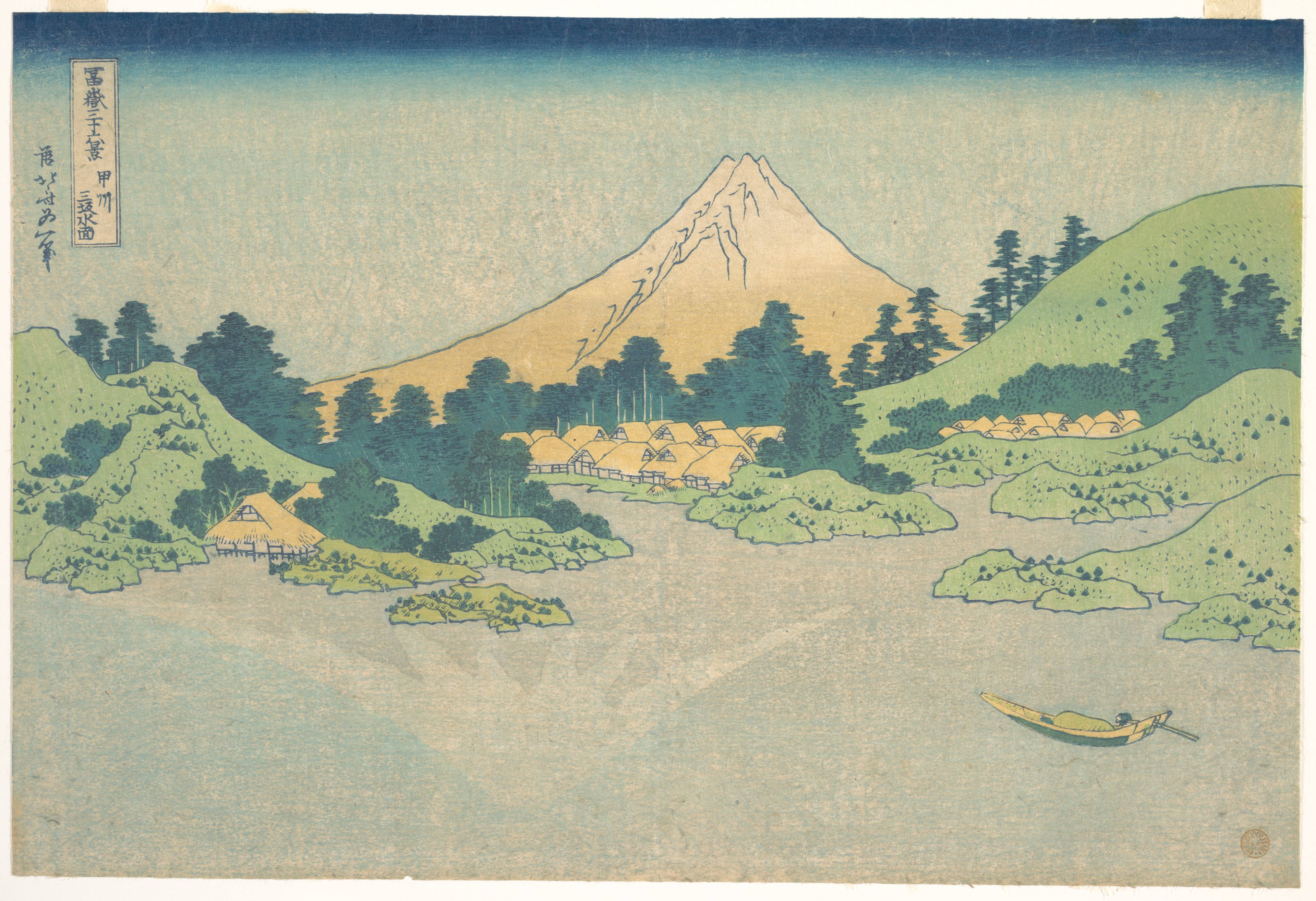
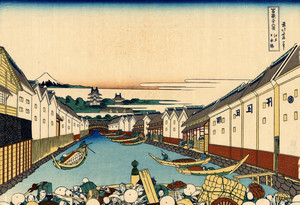
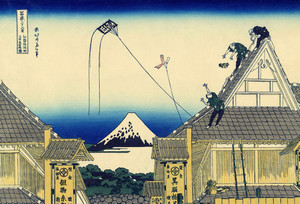
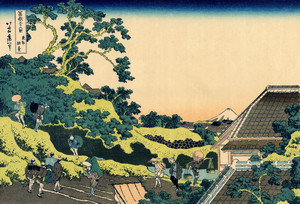
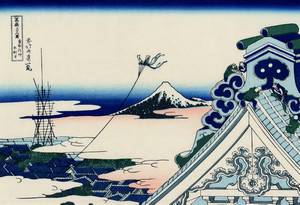
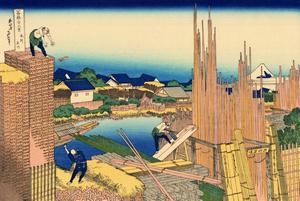
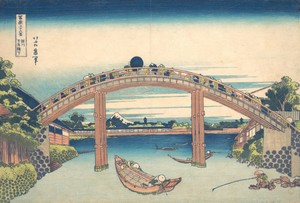
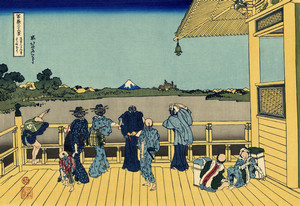
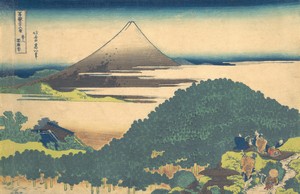
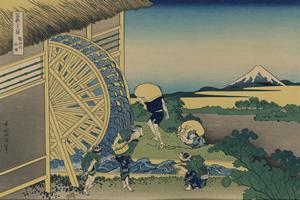
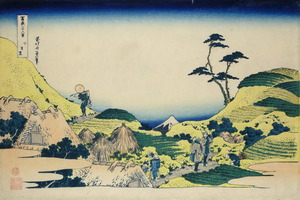
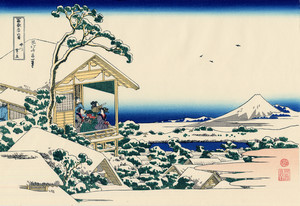
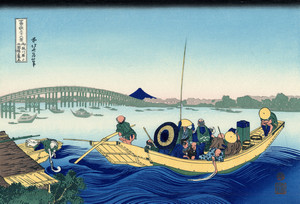
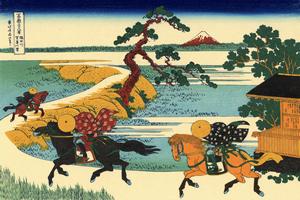
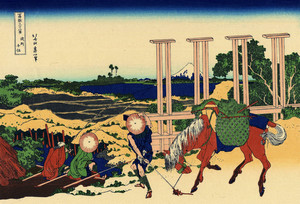
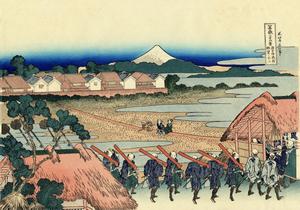
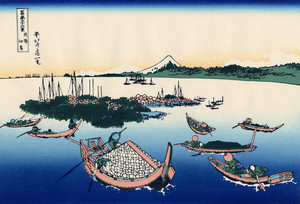
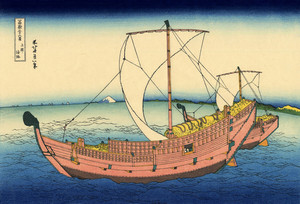
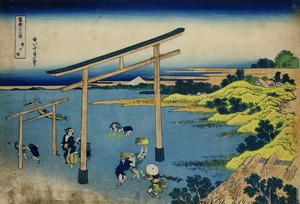
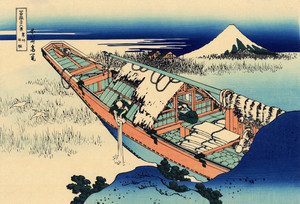
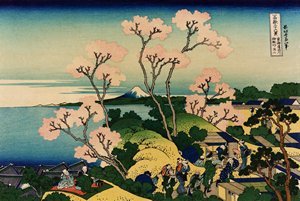
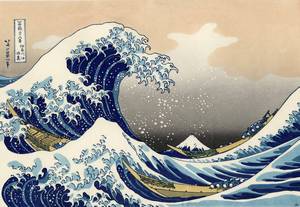
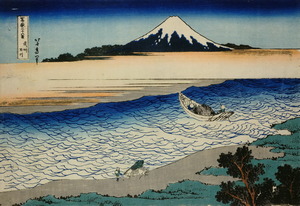
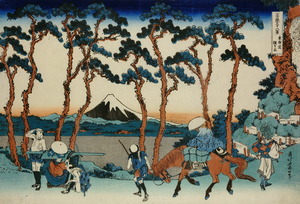
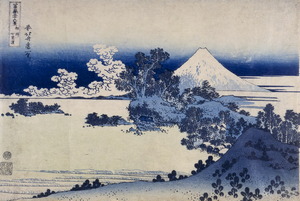
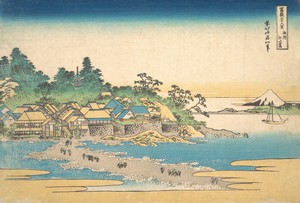
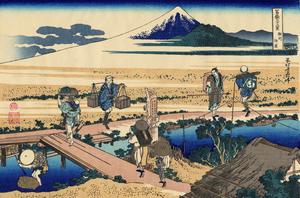
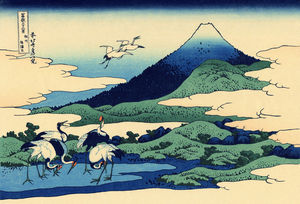
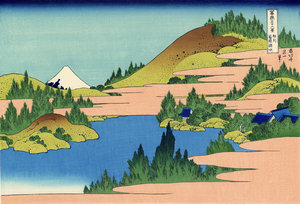
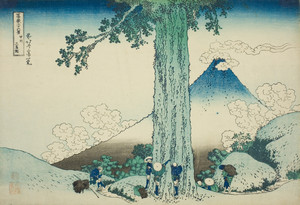
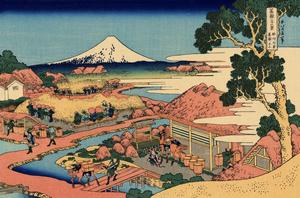
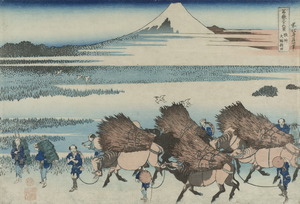
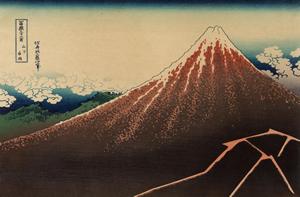
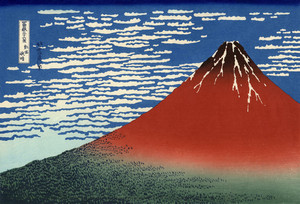
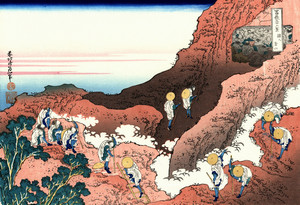
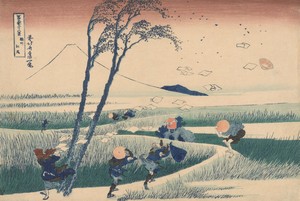
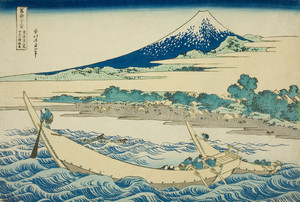
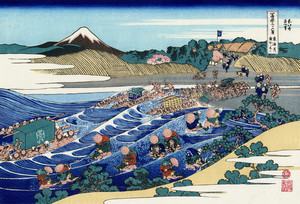
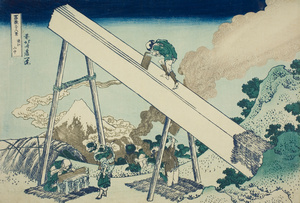
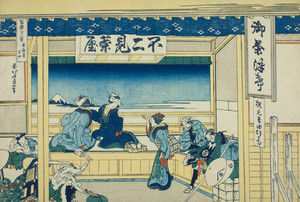
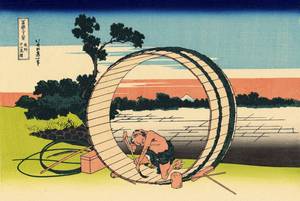
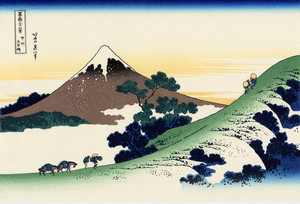
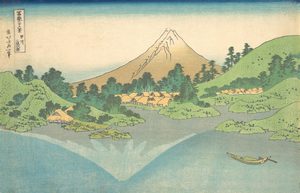
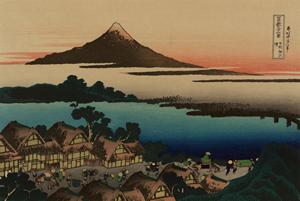
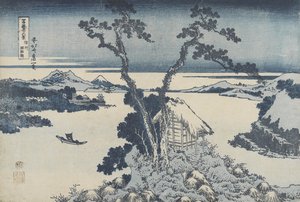
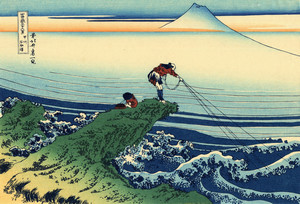
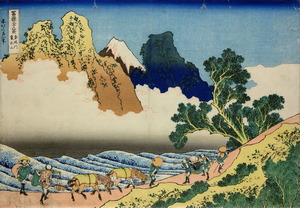





Комментарии
Добавить комментарий